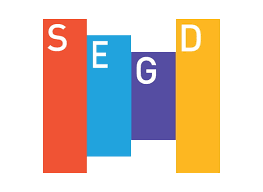ARCHIVE: Category Archive for: Signage 101
A Season for Gratitude: Thank you from MSA!

We hope that you had a fantastic Thanksgiving surrounded by warmth, love, and delicious food shared with family and friends. As the leaves have fallen and the air has grown crisper, we at Metro Sign & Awning are filled with gratitude for the opportunity to serve you as your premier signage partner. Although Thanksgiving has passed, our enthusiasm to express gratitude and embrace this season of thankfulness remains undiminished. Thank you for being an integral part of our community. Your confidence in us is both humbling and motivating. Wishing you a wonderful holiday season and a prosperous year ahead! Please join us as we kick off our newsletter and bring you a glimpse into the vibrant world of Metro Sign
Elevate Your Brand with Metro Sign & Awning
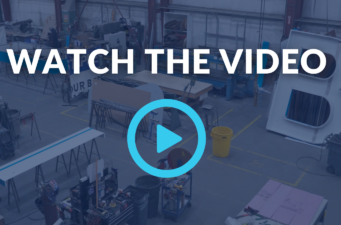
In the world of business, signage holds a vital role. It serves as more than just an identifier; it’s a powerful tool for branding, marketing, wayfinding, and enhancing the overall image of your business. However, the value of a sign goes beyond its physical presence. It embodies the essence of your business and can make a lasting impression on customers. That is why here at Metro Sign & Awning we consider ourselves a full-service commercial sign company that understands this value and specializes in taking your signage needs and your business to the next level. Metro Sign & Awning: Your Partner in Signage Excellence At Metro Sign & Awning we are not just another sign company; we are
MSA End of Summer 2023

We’re very excited to bring you a glimpse into the vibrant world of Metro Sign and Awning! As your trusted source for top-notch signage solutions, we’re committed to keeping you in the loop with industry trends, our latest projects, and insider tips on making your brand shine. Thank you for choosing Metro Sign and Awning as your signage partner. We’re dedicated to helping you make a lasting impression, and this newsletter is just one way we’re delivering on that promise. Elevate Your Brand with Metro Sign & Awning Looking for a way to elevate your brand and make a lasting impression on your customers? Look no further than Metro Sign & Awning. Our team of experienced designers and fabricators will
Keeping Up with MSA
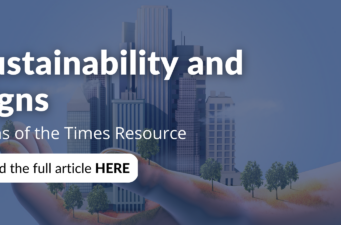
Wall Graphics: The Center at Innovation Drive Wall graphics do more than display your brand – they significantly enhance your employees’ mood and productivity. By incorporating your brand elements into the workspace, you create a visual reminder of the company’s values and mission, fostering a sense of unity and pride among the team. Moreover, well-designed wall graphics have a direct impact on the work environment. Strategic placement of calming nature scenes or motivational quotes can uplift employees’ spirits, reduce stress, and create a more positive atmosphere. This, combined with the visual appeal, translates into a happier and more engaged workforce. Additionally, creative and inspiring graphics can stimulate innovative thinking and problem-solving, further boosting overall productivity. In essence, investing in impactful
Mixing It Up with Mixed Development
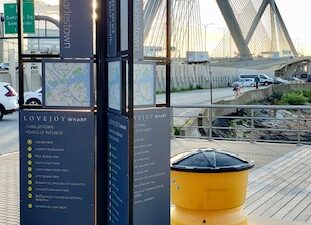
While the U.S. is seeing a definite increase in mixed-use developments, they’re actually not a new concept. In fact, according to Deloitte, mixed-use properties were strategies used about 50 years ago to rejuvenate urban areas. And as population density increases, real estate prices remain high and office occupancy remains low, mixed-use developments offer an attractive option for developers, companies, tenants, and residents. Live, Work, Shop, Play A trend that had been growing in popularity even prior to COVID-19, the pandemic accelerated the planning, design, and construction of mixed-use developments. In fact, in Boston alone, there are at least seven major mixed-use projects under construction right now. These properties empower residents and visitors to have more control in their choices and
Partnerships: When 1+1=3
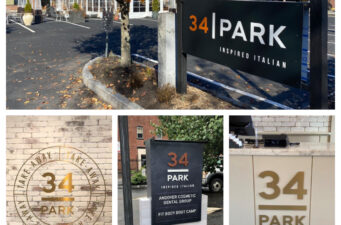
The whole is greater than the sum of the parts. Strategic business partnerships empower companies, giving them the opportunity to grow their customer bases via referrals—a very potent strategy—and more importantly, improve their business by leveraging other’s capabilities to produce better products and services than they could on their own. Metro often works on projects involving large corporations, financial and educational institutions, retailers, mixed-use developments, and more. It’s often on projects like these that general contractors, property developers, architects, or property managers—experts in their fields but not in signage—bring Metro in to assist. When we’re involved early in the planning stages by partners, we can anticipate and address potential issues that those not in the signage industry might not realize
3 Main Benefits Of Branding With Signage
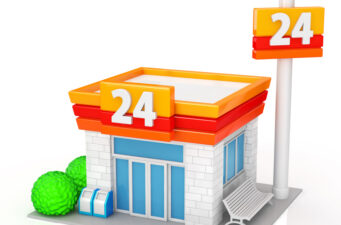
If a brand promotion is considered the backbone of every successful business, it is essential that your brand identity becomes recognized by the general public.
The Power and Cost-Effectiveness of Exterior Signs
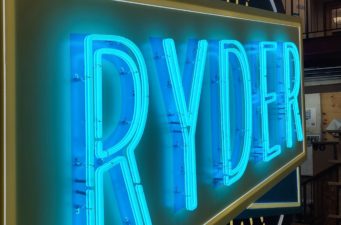
Signage offers a visual and branding advertising strategy with tremendous power. Essential for building brand visibility and increasing awareness, well-designed and thoughtfully placed signage can last decades and will attract thousands of customers to a brand over time. Exterior signs stay evergreen, delivering continuous, repeated impressions to help reach business goals by: Attracting prospective customers—76% of consumers enter businesses because of the signs. Creating brand value—68% of consumers believe a business’s signs reflect the quality of its service and products. Driving impulse sales. Establishing a brand—a sign can attract up to 50% of a new business’s initial customers. Giving customers a first, and lasting, impression of a business—75% of consumers told others about businesses they noticed because of the signage.
Funny Signs Had Us Do a Double-Take
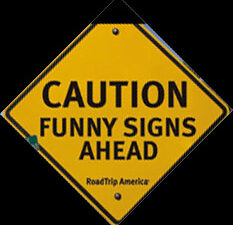
Every now and then, you’ll see a sign that makes you go, “Hmmm.” Sometimes that reaction is caused by a funny message — or a typo. We collect and save sign images that make us chuckle. Here are some of our favorites. Winners of the “Stating the Obvious” Award When the Copy Editor Left Early for Vacation So Many Questions… Oops!
A Peek Ahead to 2022
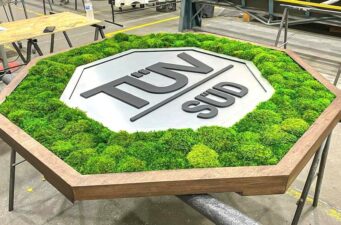
While we don’t have a handy Magic 8 ball able to reliably predict the future, it hasn’t stopped us from making some educated guesses about next year’s signage industry trends. They include: Minimalism in design. We’ll continue to see signs focused on clean, crisp images that evoke elegance. Improved sustainability. As more companies embrace ESG (environmental, social, and governance) policies, they’re incorporating eco-friendly initiatives into their buildings, including signage construction, materials, and power. One of Metro’s recent clients, TÜV SÜD—a Germany-based company offering safety, security, and sustainability solutions—opted to use an innovative wall sign for its U.S. headquarters, for example. Metro’s partner, CityScapes, recommended the preserved moss material featured in the sign. Initially, the clients asked to use real wood
Categories
- ADA
- Architectural Signage
- Awnings and Canopies
- Branding
- Colleges and Universities
- Community
- COVID-19
- Curated Content
- Customer Spotlight
- Customers
- Deep
- Design/Build
- Digest
- Digital Signage
- Eco-Signage
- Electronic Message Centers (EMC)
- Enclosures
- Exterior Signage
- Fabrication
- Freestanding Signs
- Fun
- Functional Signage
- Green
- How Much Does a Sign Cost
- Industries
- Inside Metro
- Interior Signage
- Legacy
- Legacy-EA 2.0
- Metro Sign
- Metro Sign & Awning
- New England Signs
- Newsletters
- Original Posts
- Others
- Partners-Developers-Contractors
- Professional Signage Installation
- Publications
- Residential Signage
- Sign Design
- Sign Renovation
- Sign Types
- Sign Warranty
- Signage Regulations
- Signage ROI
- Signage Tips
- Vehicle Wrap
- Wayfinding
- Window and Door Graphics
Recent Posts
Tags
Copyright 2022 MetroSign and Awning, All rights reserved | Privacy Statement | Terms of Use
